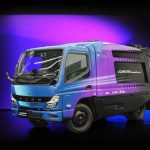eSprinter electrifies South Africa
eSprinter electrifies South Africa
The Mercedes-Benz eSprinter is a van that combines the versatility of the Sprinter range with electric drive technology, and has now been launched in South Africa.
The eSprinter is being positioned as an option for companies looking to reduce their carbon footprint without compromising on load capacity or performance. Speaking during the launch, Marinus Venter, head of product, marketing and customer services for Mercedes-Benz Vans SA, noted: “The eSprinter redefines what an electric van can be. Its innovative design, robust technical features, and exceptional efficiency make it the perfect choice for businesses looking to embrace locally emission-free mobility without compromising on performance.”
The eSprinter is available in two body lengths in South Africa, offering flexibility depending on the needs of individual businesses. Customers can choose between two battery options, which provide a balance between range and payload capacity.
The eSprinter offers a relatively high payload, making it suitable for businesses involved in urban logistics and delivery services, while its range is a key consideration for prospective buyers. In tests, a pre-production model equipped with a 113-kWh battery achieved a range of 475km on a single charge. According to simulations, a range of up to 530km is possible in urban conditions, which would be a major benefit for businesses operating within city environments. The real-world range will, however, depend on factors such as payload and driving conditions.
Modular design for space and handling
One of the notable features of the eSprinter is its tri-modular design. This system integrates electric components while ensuring the van remains as practical as its diesel counterparts. The tri-modular concept consists of a front module that houses high-voltage components, an underbody module for battery storage, and a rear module containing the electric motor.
This design optimises space within the van and contributes to a lower centre of gravity, which can improve handling, particularly in urban areas where manoeuvrability is crucial. Despite its electric components, the eSprinter retains much of the practicality that has made the Sprinter a popular choice in the commercial vehicle (CV) sector.
Powertrain and charging capabilities
The eSprinter’s electric powertrain features a rear-mounted motor, allowing it to handle loads of up to 4.25 tonnes and tow up to two tonnes. The load volume reaches 14m3, maintaining the vehicle’s utility for businesses with significant transport needs.
The eSprinter can be charged using both alternating current (AC) and direct current (DC), providing flexibility for businesses with different charging setups. Fast charging with DC can bring the battery from 0 to 80% in approximately 32 minutes for the 81-kWh battery, which may appeal to companies looking for shorter charging times to minimise vehicle downtime. However, the availability of fast-charging infrastructure in South Africa could be a consideration for potential buyers.
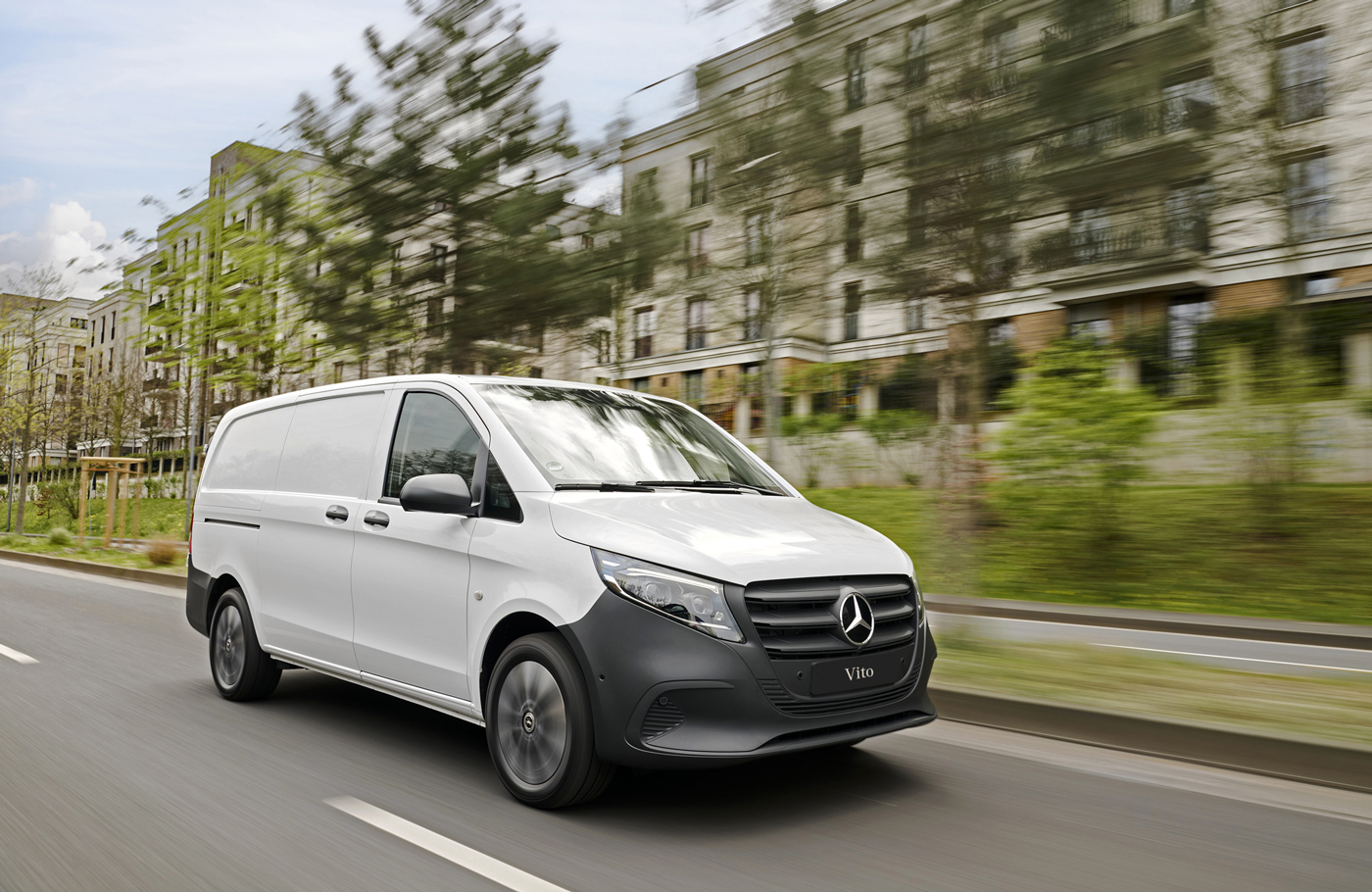
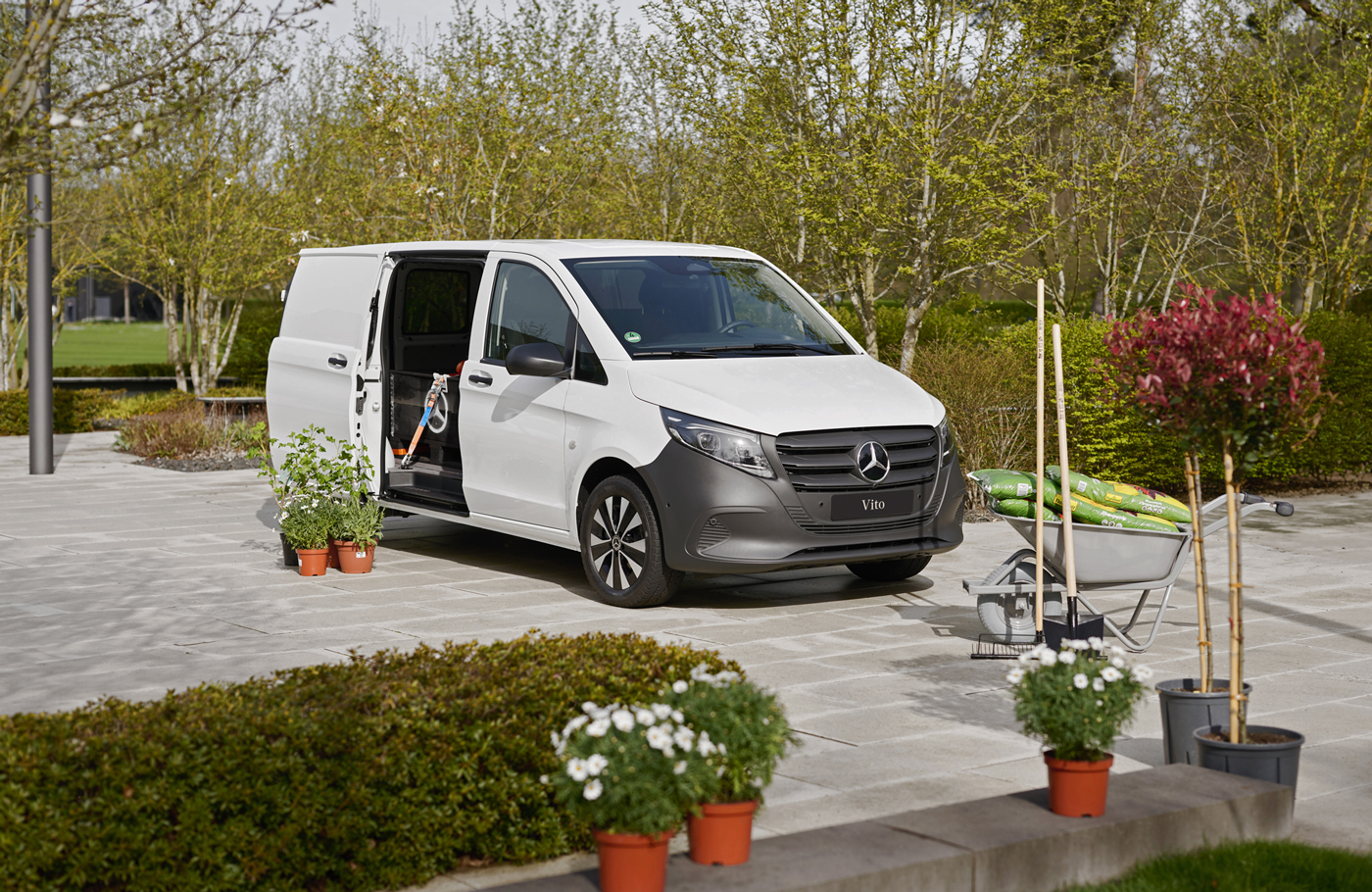
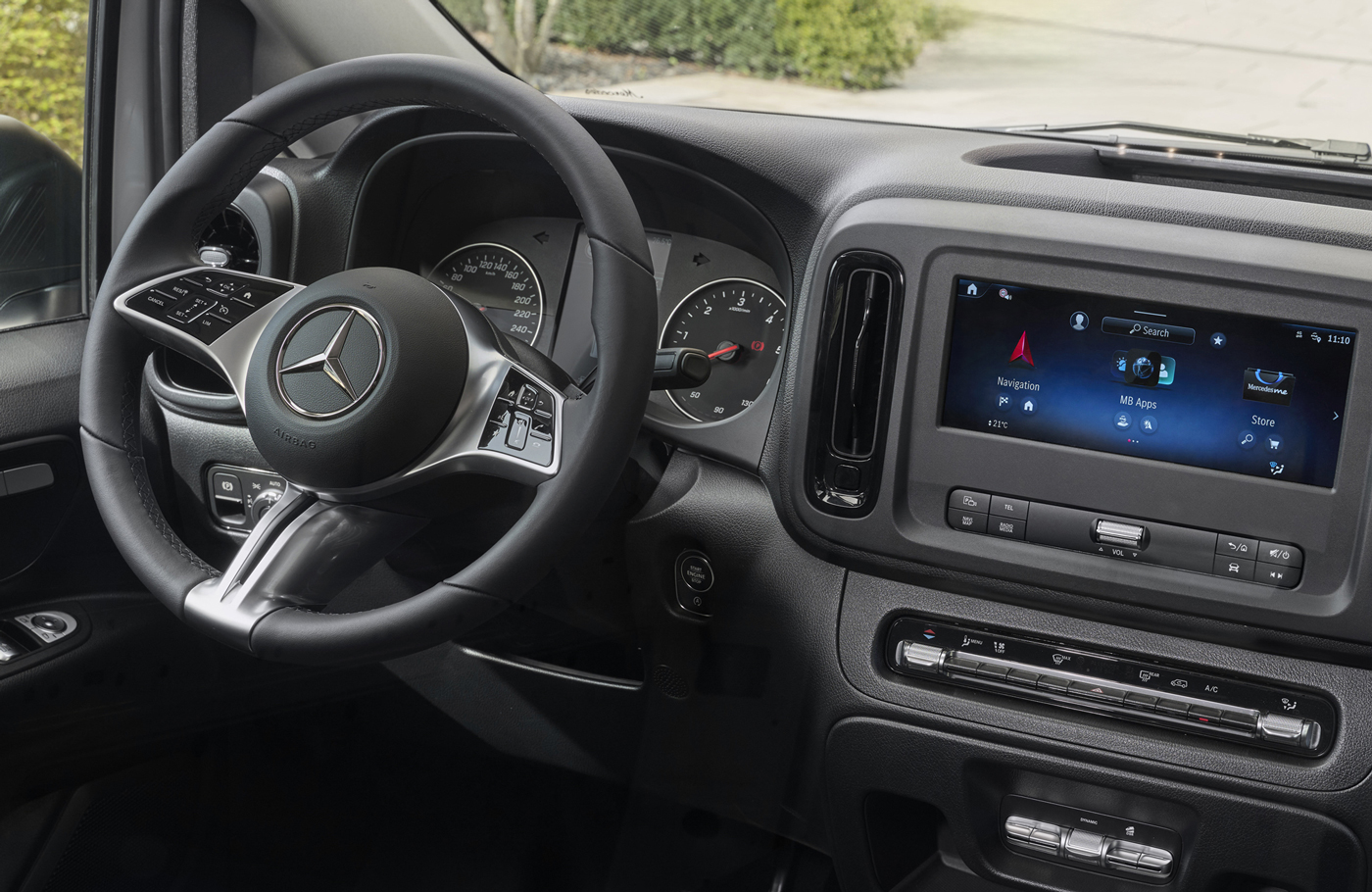
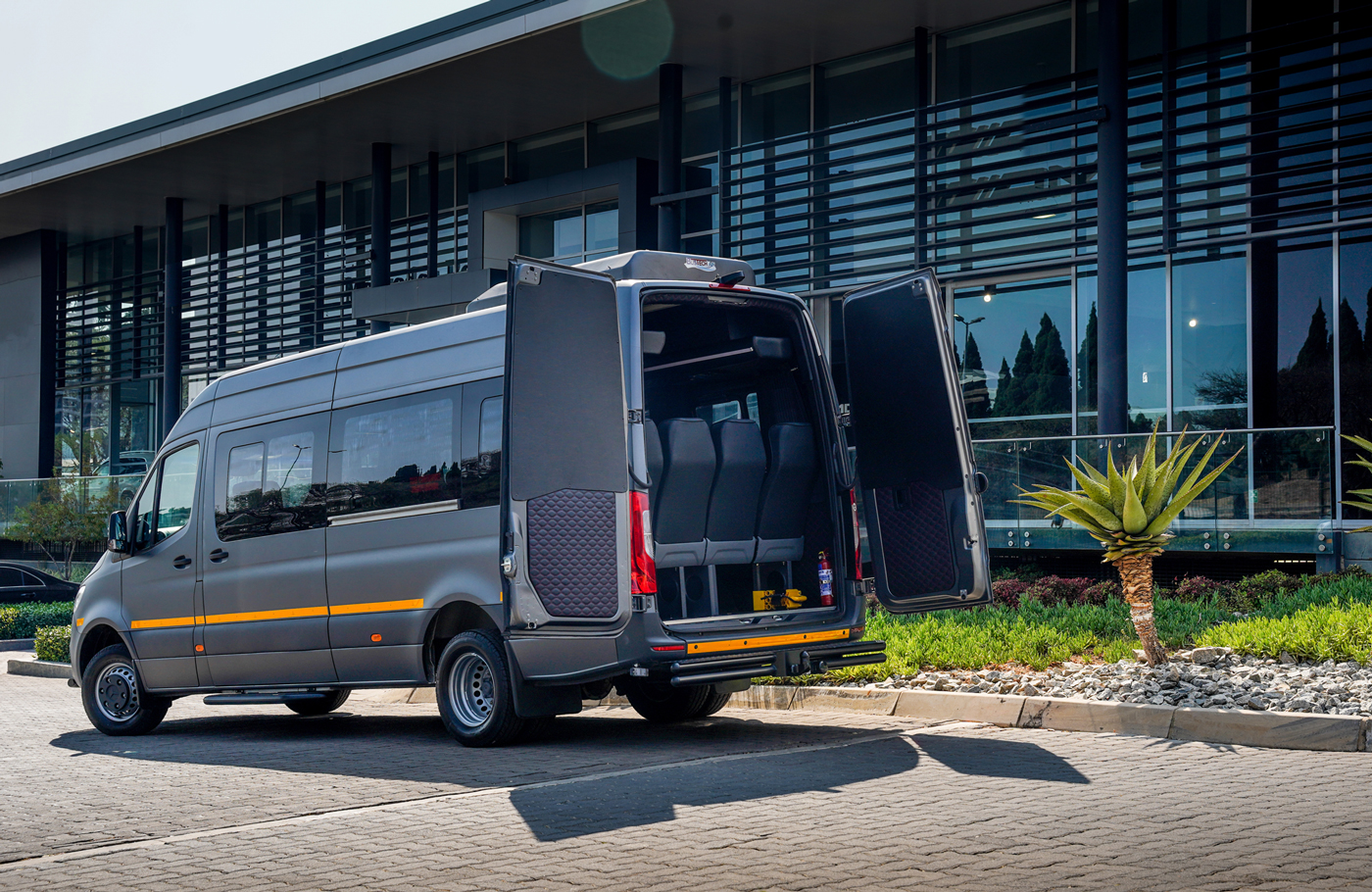
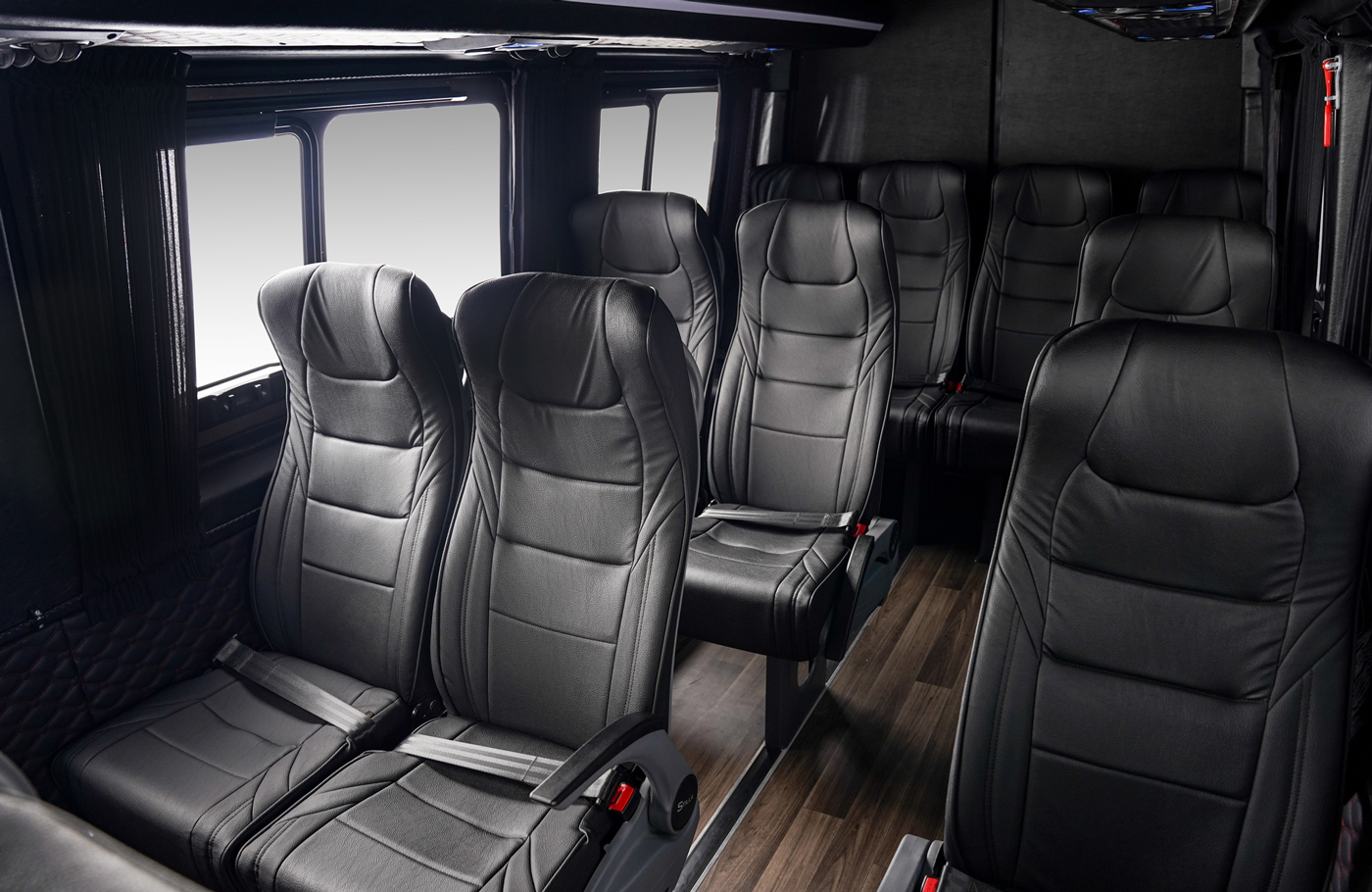
Safety features and energy recuperation
Mercedes-Benz has incorporated a range of safety features into the eSprinter, some of which come as standard. These include Active Brake Assist, Cross Wind Assist, Adaptive Brake Lights, and Intelligent Speed Assist with cruise control. Optional features, such as a reversing camera and LED high-performance headlamps, are also available.
The eSprinter includes a regenerative braking system, known as recuperation, which converts kinetic energy into electrical energy when decelerating. This extends the vehicle’s range by recharging the battery during braking. The intensity of recuperation can be adjusted via shift paddles behind the steering wheel, allowing drivers to manage energy efficiency based on driving conditions. Additionally, the ECO Assist system helps to optimise energy usage by analysing road conditions and adjusting the vehicle’s performance accordingly.
Potential benefits for SA businesses
With the growing focus on sustainability and the need to meet stricter environmental regulations, the eSprinter offers an alternative to traditional combustion-engine vehicles. Its zero-emission design makes it a suitable option for businesses that want to reduce their environmental impact. This could be particularly relevant for companies operating in sectors such as delivery services and urban logistics, where emission regulations may become more stringent in the future.
The eSprinter’s success in South Africa will likely depend on a range of factors, including infrastructure availability for electric vehicle (EV) charging, the reliability of electricity supply, and the total cost of ownership compared to diesel alternatives. The upfront cost of EVs remains higher than traditional vans, although long-term savings on fuel and maintenance could offset this.
The eSprinter is available for direct purchase exclusively through Mercedes-Benz South Africa, allowing businesses to electrify their fleets with relative ease. This exclusivity may simplify the purchasing process for companies looking to transition to EVs.
A changing CV market
The introduction of the eSprinter marks a shift towards more sustainable transport options in South Africa. While EVs have been slow to gain traction in the local market, the arrival of electric CVs such as the eSprinter could signal a change in the landscape. However, the pace of this change will depend on how quickly supporting infrastructure, such as charging stations, can be developed.
The eSprinter offers a glimpse of the future of CVs, where sustainability and efficiency are key drivers of innovation. For businesses that are ready to embrace this transition, the eSprinter provides an option that combines practicality with an electric powertrain. As the market for EVs grows, this van may become a more common sight on our roads.
While the eSprinter offers several advantages in terms of emissions and running costs, businesses will obviously need to weigh these benefits against the current limitations of charging and support infrastructure, as well as the higher initial purchase price for EVs. Nonetheless, its introduction provides an excellent opportunity for companies to future-proof their fleets and reduce their environmental footprint.
New Vito and Luxe Sprinter also launched
Mercedes-Benz Vans has also launched the new Vito and Luxe Sprinter. The former is said to have made “a significant leap forward in terms of connectivity”, allowing commercial customers to benefit from state-of-the-art digital networking and services that further increase comfort and safety on the road. Priced from R874,000, the new Vito also follows the Mercedes-Benz Vans strategy to offer more premium character and high-quality mobility solutions to discerning customers within the commercial sector.
The Luxe Sprinter, on the other hand, has been created by Mercedes-Benz Vans and a Mercedes-Benz approved converter (VanPartner). Designed for luxury travel, the Luxe Sprinter focuses on comfort, spaciousness, and luxury touchpoints, to exceed the tastes of even the most discerning passengers. Conversions start from R250,000 excluding VAT.
Published by
Focus on Transport
focusmagsa


